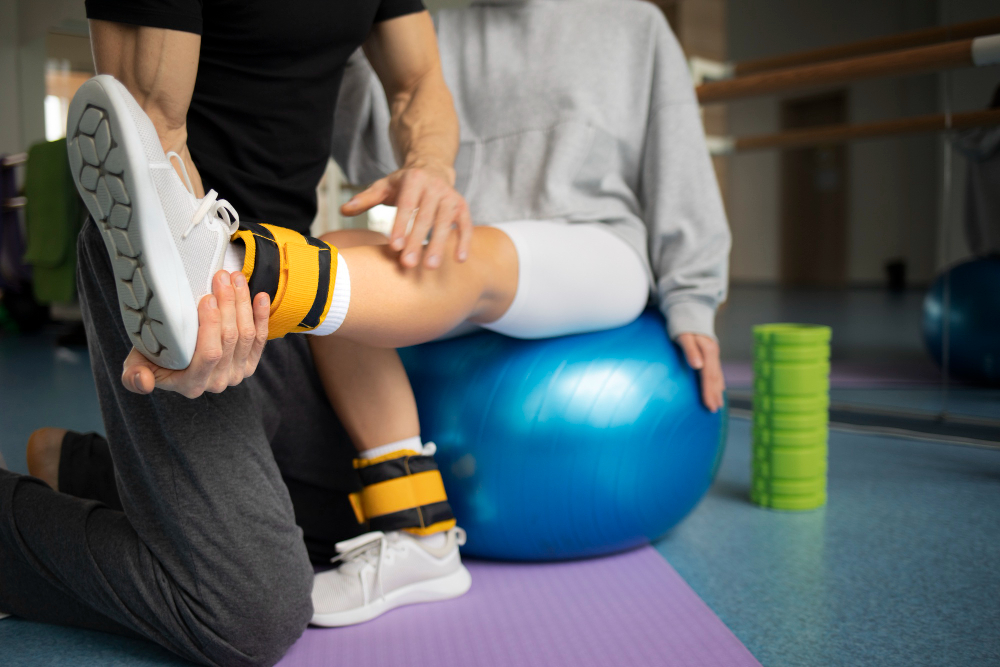A Guide to Designing Functional Rehabilitation Programs

After suffering an injury or an illness, you might find yourself needing a rehabilitation program. Rehabilitation programs can vary widely from person to person, as everyone has different needs that must be met in order for them to make a full recovery. However, there are certain principles that must be followed when designing a functional rehabilitation program. In this blog post, we'll outline these principles and provide you with some tips for designing a functional rehabilitation program that is tailored to your specific needs.
1. Assessing your needs
The first step in designing a functional rehabilitation program is assessing your needs. This means looking at your medical history, examining your injury or illness, and determining what your goals for recovery are. A physical therapist can help you with this process, as they will have the knowledge and expertise necessary to create a program that is right for you.
2. Setting clear goals for recovery
Once you have assessed your needs, you will need to set clear goals for your recovery. These goals should be specific, measurable, attainable, realistic, and timely (SMART). For example, if you are rehabilitating from a knee injury, your goals might include reducing pain, improving range of motion, and increasing strength. By setting clear goals for your recovery, you will be able to track your progress and stay motivated throughout the rehabilitation process.
3. Developing a plan of action
With your goals in mind, it’s time to develop a plan of action. This plan should include specific exercises or treatments that will help you achieve your goals. It should also take into account your lifestyle, physical abilities, and any other factors that may impact your rehabilitation. Your physical therapist can help you create a plan that is realistic, challenging, and safe for you to follow.
4. Monitoring your progress
Once you have started your rehabilitation program, it is important to monitor your progress. This will allow you to see how far you have come and make any necessary changes to your program. Your physical therapist will help you with this process, tracking your progress and making adjustments to your plan as needed. They will also help you celebrate your successes and stay motivated throughout the rehabilitation process.
5. Staying committed to your recovery
Finally, in order to achieve the best results from your functional rehabilitation program, you must stay committed to your recovery. This means following your plan, showing up for your appointments, and taking care of yourself both during and after your sessions. It can be tempting to skip exercises or take shortcuts, but the best results come from consistently following your program over time.
Conclusion
Designing a functional rehabilitation program can be a complex and challenging process, but it is also one of the best ways to ensure that you make a full recovery after an injury or illness. By assessing your needs, setting clear goals, developing a plan of action, monitoring your progress, and staying committed to your recovery, you can achieve great results and get back to the life you love. If you're looking for a physical therapist in Oviedo, FL to help you design a functional rehabilitation program, contact B Physical Therapy today to schedule an appointment. Our team of experienced professionals can help you achieve your goals and get back to doing what you love most.